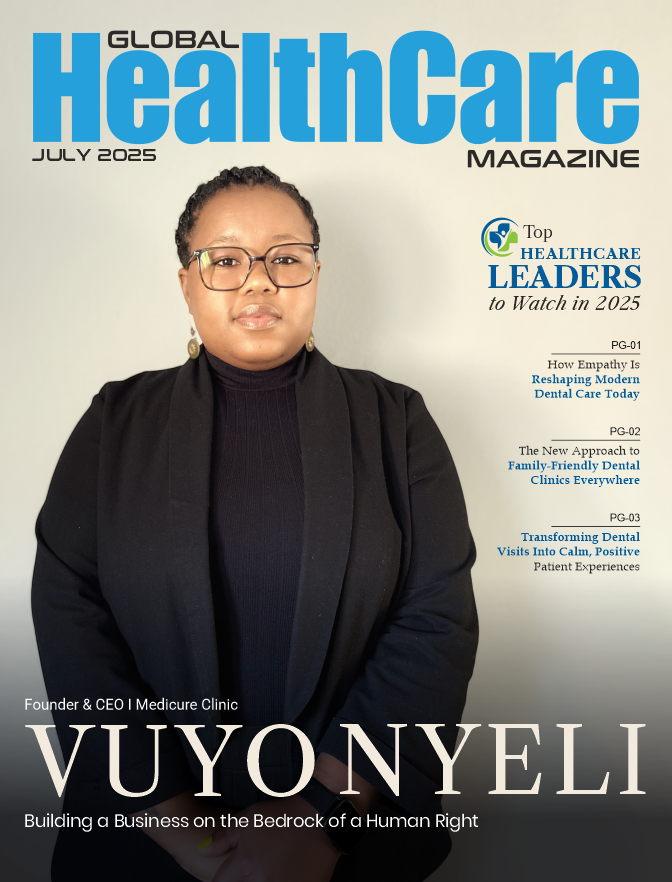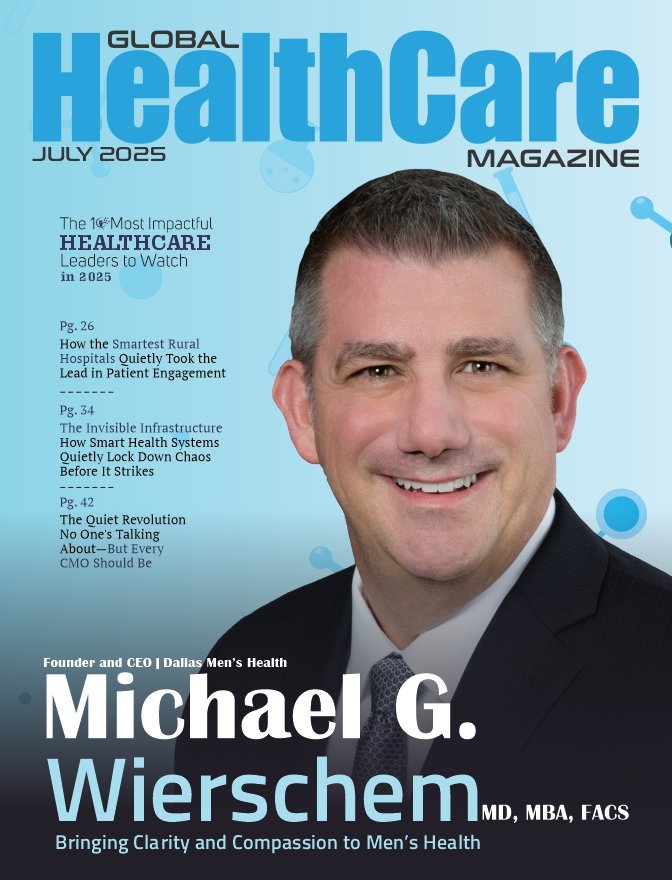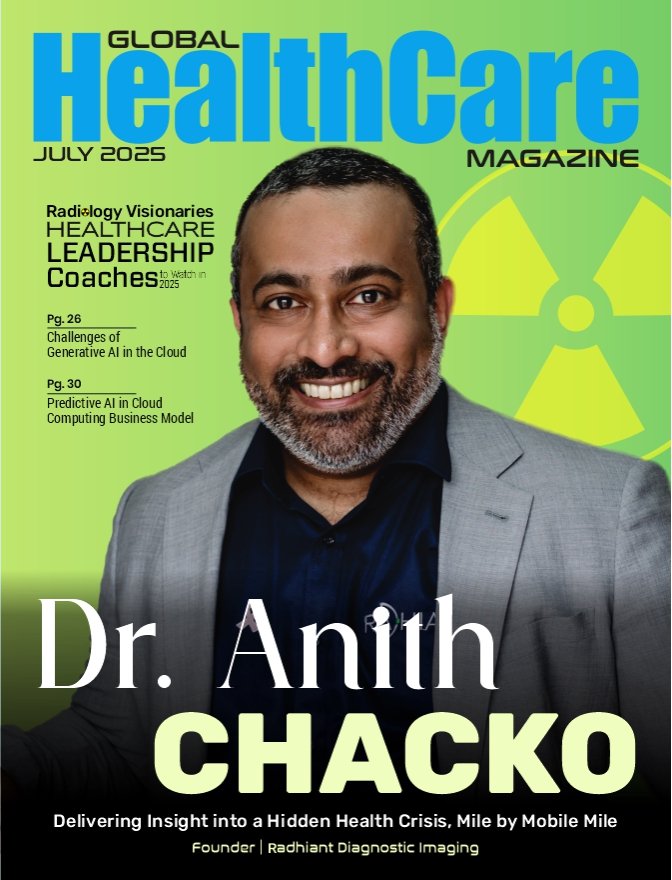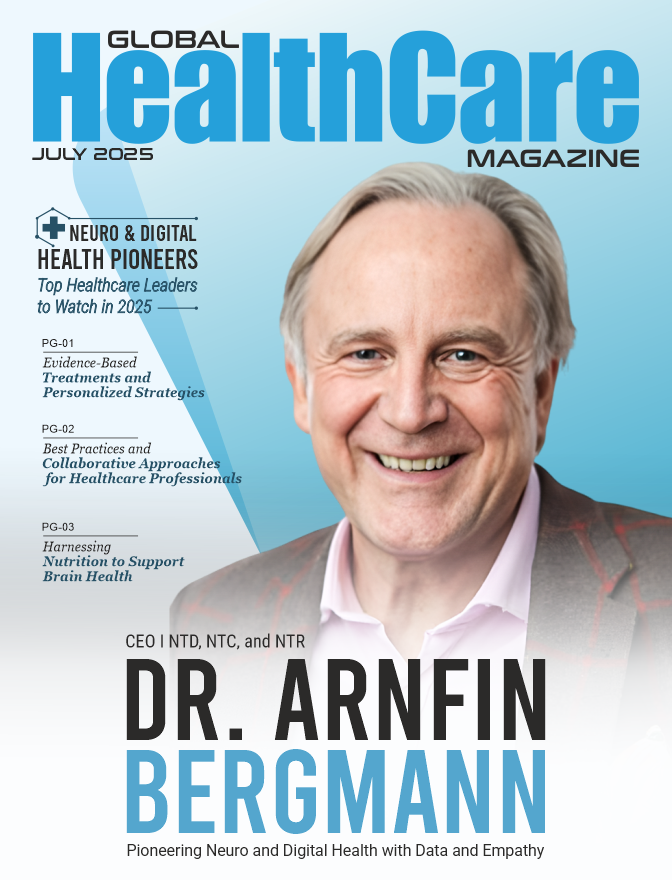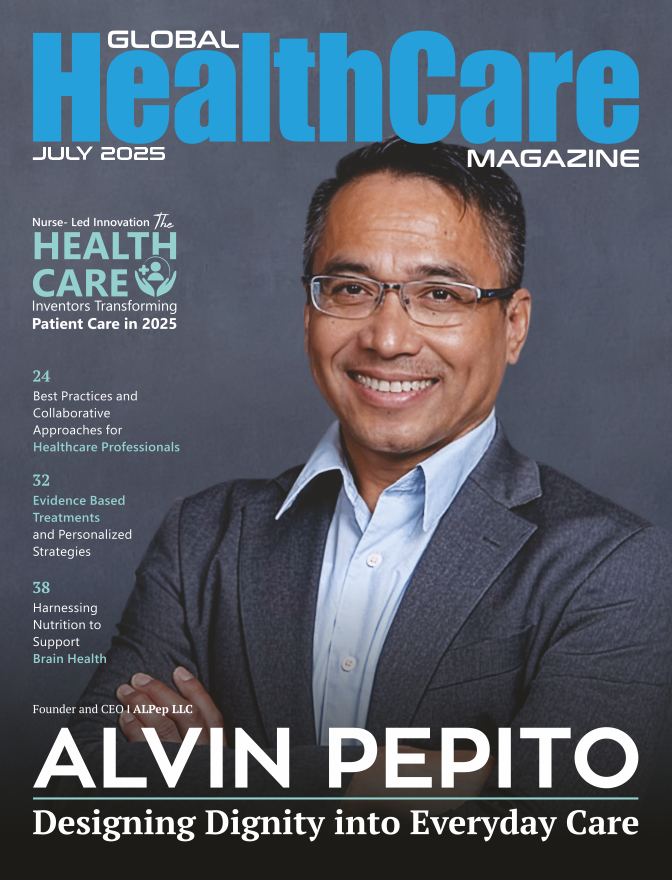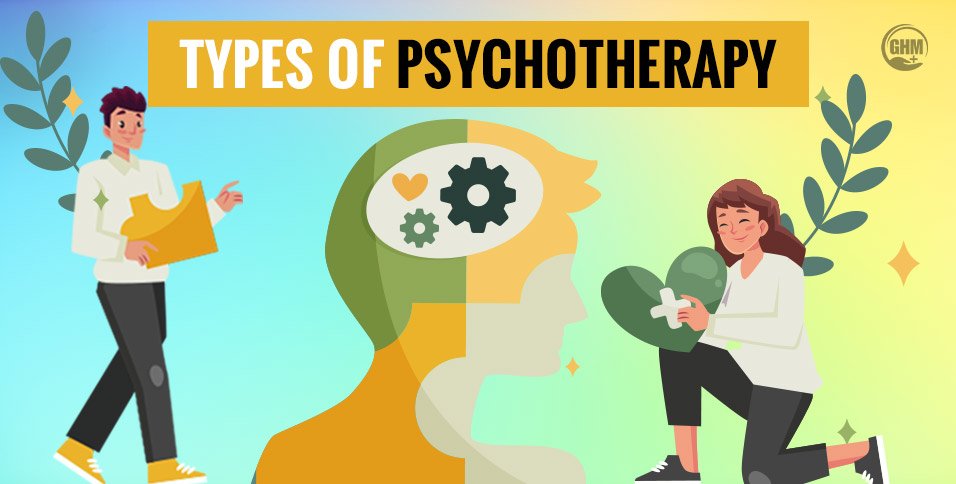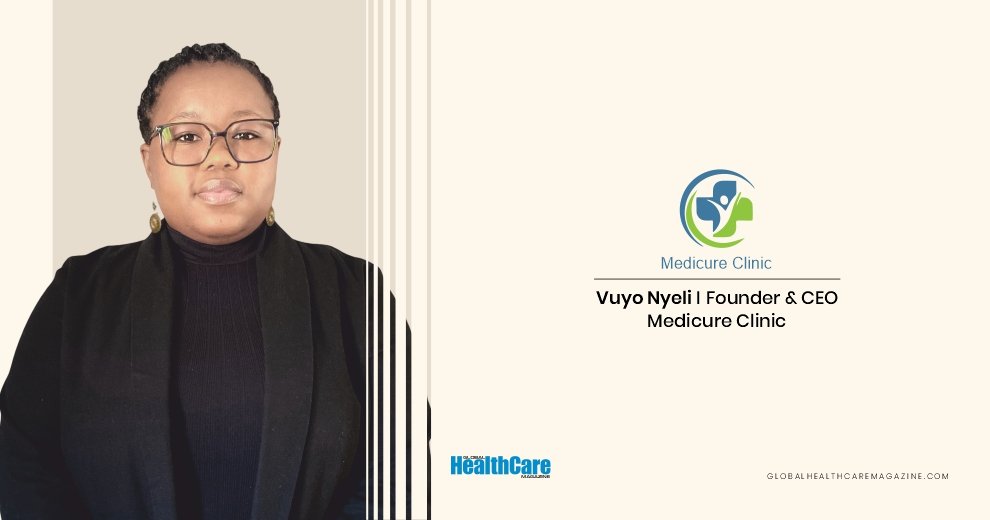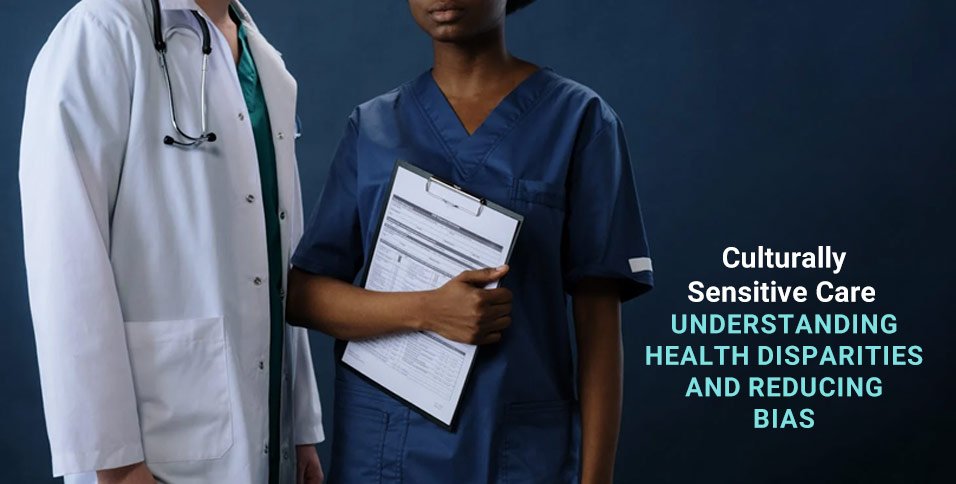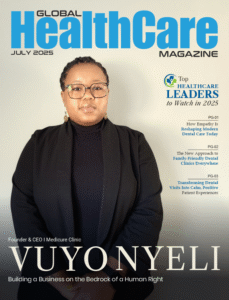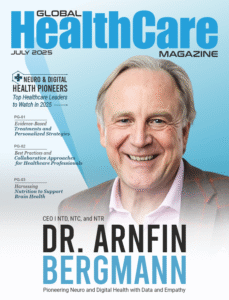Gene‑Therapy Milestones Driven by Lentivirus, AAV, and HSV Vectors
Gene therapy is moving from promise to practice by tackling the genetic roots of disease rather than simply managing symptoms. Most of the commercially approved therapies rely on viral vectors—modified viruses that shuttle therapeutic genes into target cells. Designing those vectors is only half the battle: producing them at clinical scale demands tight control over transfection efficiency, purification, potency, and safety. Those tasks now fall largely to specialized contract development and manufacturing organizations (CDMOs), whose viral vector manufacturing platforms have become crucial infrastructure for getting gene therapies from bench to market.
Sickle cell disease
In 2023 the FDA approved two paradigm‑shifting treatments for sickle cell disease (SCD). Casgevy edits a patient’s hematopoietic stem cells with CRISPR but does not use a virus. Lyfgenia, by contrast, employs a lentiviral vector to insert a modified β‑globin gene that produces anti‑sickling hemoglobin. Lentiviral production begins with transient transfection of producer cells, followed by gradient or chromatography purification and exhaustive analytics to confirm genome copy number, infectivity, and absence of replication‑competent virus. Few innovator companies maintain that capacity in‑house, so most secure a viral vector manufacturing partner to deliver GMP‑grade material and manage regulatory documentation.
Muscular dystrophy
Elevidys, cleared the same year for Duchenne muscular dystrophy, packs a “micro‑dystrophin” transgene into an adeno‑associated virus (AAV) capsid that targets muscle tissue. AAV’s small packaging limit forced developers to shorten dystrophin while retaining critical functional domains—an engineering feat in its own right. Manufacturing AAV at commercial volumes is tougher still: upstream yields must be maximized without increasing defective particles, and downstream polishing must remove empty capsids that can dilute potency. CDMOs with dedicated AAV suites, high‑capacity chromatography, and refined qPCR analytics now set the industry standard for delivering consistent, high‑potency lots.
Hemophilia A
Adults with severe hemophilia A gained a one‑time treatment in Roctavian, which delivers a functional Factor VIII gene via an AAV5 vector. Unlike routine factor infusions, a single Roctavian dose may sustain endogenous production for years; the trade‑off is an unforgiving demand for vector quality. AAV5’s serotype‑specific surface proteins influence liver tropism and immune response, so every batch must prove capsid integrity, genome completeness, and accurate titer. Developers typically lean on CDMOs that have locked down AAV5‑specific processes—from producer cell‑line selection through release assays—to safeguard potency and batch‑to‑batch reproducibility as volumes scale.
Epidermolysis bullosa
Topical gene therapy reached the market with Vyjuvek, which treats dystrophic epidermolysis bullosa (DEB) by delivering COL7A1 via a herpes simplex virus (HSV‑1) vector directly to skin lesions. HSV’s large, enveloped structure introduces fresh hurdles: envelope stability affects infectivity, while dermal application demands a formulation that penetrates tissue without provoking inflammation. Manufacturing workflows that handle large‑genome, enveloped viruses differ markedly from AAV or lentiviral lines, pushing many sponsors toward CDMOs that already run HSV or similar viral platforms and can validate stability in semi‑solid or liquid topical formats.
Scientific background
Long‑term data continue to confirm the advantages and trade‑offs of viral vectors. A recent review in Nature details how AAV’s low immunogenicity and episomal persistence make it suitable for chronic diseases, while also noting the supply bottlenecks and serotype‑specific immunological hurdles that heighten manufacturing complexity. Such scholarship underscores why robust, scalable vector production—and the CDMOs who specialize in it—now rank alongside discovery science as a decisive success factor.
Conclusion
Approved therapies for SCD, Duchenne muscular dystrophy, hemophilia A, and DEB illustrate how diverse viral platforms—lentivirus, AAV, and HSV—are redefining treatment possibilities. Yet every milestone rests on a foundation of reliable viral vector manufacturing. As more programs advance, capacity, consistency, and regulatory compliance will continue to separate theoretical cures from therapies that reach patients. For most developers, partnering with CDMOs that live and breathe viral vectors is the most practical route to clinical impact—and to the next wave of gene‑therapy breakthroughs.
Also Read: Exploring Innovative Therapies for Alzheimer’s Disease


